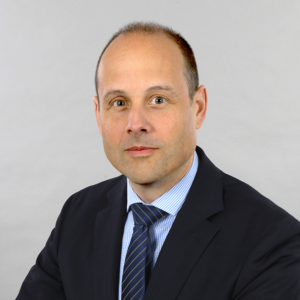Cholesteatoma: Treatment means surgery
The surgeon restores the eardrum with a so-called tympanoplasty. At the same time, we remove the cholesteatoma during the procedure. In a second operation, the ossicular chain can be rebuilt. In around 70 to 90 percent of cases, the reconstruction of the eardrum and auditory ossicles is successful and hearing can be preserved and the patient can sometimes even hear better again.
However, there is always the possibility that a cholesteatoma will form again. For this reason, patients must come to us for regular check-ups for 5 years after a successful operation. To ensure that the cholesteatoma does not recur, a control operation is necessary after approx. 1 year. Alternatively, a special MRI examination can be performed.
There are different surgical techniques for cholesteatoma: The closed, the open and the endoscopic technique.
Cholesteatoma surgery: the closed technique
In the closed technique, we remove the cholesteatoma in two ways. This is done from the mastoid process, which is located next to the middle ear, and also from the auditory canal. With this technique, the posterior auditory canal wall remains intact or we reconstruct it with cartilage tissue. The advantage of this technique is that the ear retains its original structure. However, the risk of a cholesteatoma forming again is greater than with the open technique.
Cholesteatoma surgery: the open technique
In an open technique, the posterior ear canal wall is completely removed. A so-called radical cavity is formed. This can then be easily controlled. This technique is used if the cholesteatoma has spread widely and/or the patient is in a poor general condition, so that a second operation should be avoided at all costs.
The risk of a cholesteatoma forming again is much lower with open surgery than with the closed technique. However, this open cave must then be checked and cleaned by us for the rest of our lives.
Cholesteatoma surgery: the endoscopic technique
In certain situations, an endoscopic technique can be used for a small cholesteatoma. The cholesteatoma is removed through the ear canal with the help of a camera. The eardrum is rebuilt and reconstruction of the auditory ossicles is often possible.


